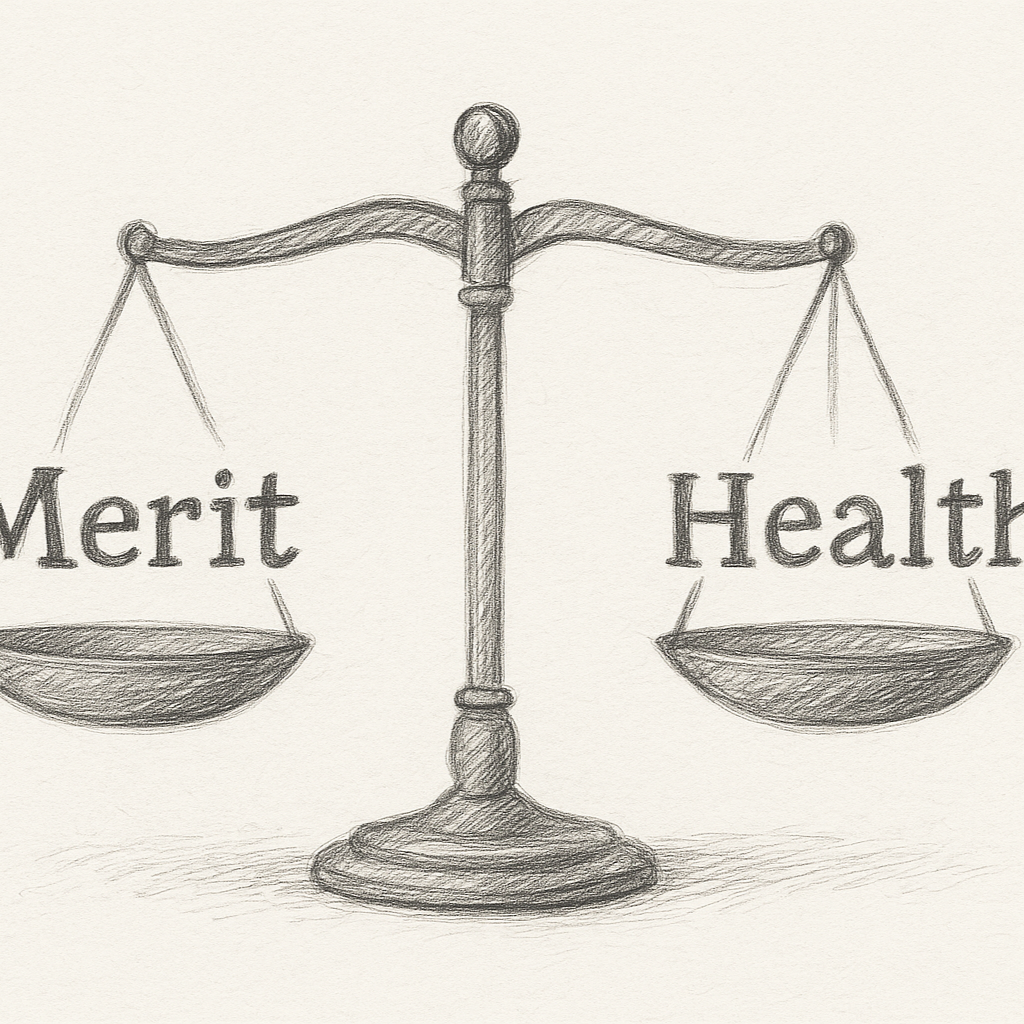Food For Thought: Thanksgiving Reality
The Corsair
Many adults who grew up in the American school system have similar memories of celebrating Thanksgiving in their elementary classrooms. They traced their hands and turned them into rainbow-colored turkeys, glued feathers to headbands for makeshift headdresses, and made little square hats out of cardstock like the pilgrims wore. They snacked on cookies and punch, imagining what the first Thanksgiving feast might have been like.
Christine Kwon grew up in Mission Viejo, California, and attended Kindergarten in 2005 at O’Neill Elementary School. “I remember in Kindergarten our class was split in half. Some of the students dressed up as pilgrims, they made little white collars and hats with painted buckles on them. The other students dressed up as Native Americans with feathers glued on headbands to resemble headdresses,” said Kwon. “We painted rigatoni noodles that we called our ‘Indian beads,’ that were supposed to be like the jewelry Native Americans wore. Then we ate mini pizza bagels together on the floor as our feast.”
Mainstream society is increasingly becoming aware of cultural appropriation and the white-washed version of history taught in the American education system. History lessons and textbooks predominantly focus on the achievements of white men, much like the settlers who stepped off the Mayflower, and under-represent other cultures, races, and ethnicities that made major contributions to the America we live in today. They ignore major historical injustices at the expense of indigenous people in particular -- such is the case with Thanksgiving.
Matthew Lawrence attended public elementary schools from 1990 to 1996, including schools in Anacortes and Tacoma, Washington. Lawrence also went to a school in Neah Bay, Washington on the Makah Indian Reservation, where he shares his Makah heritage. In a conversation via Zoom Lawrence reflected on the differences between attending schools on and off reservations.
“In Anacortes and Tacoma it was very much about the triumph of the pilgrims with the help of the indigenous people. Very one-sided,” said Lawrence. “[When I] moved to the reservation where half of my heritage is from, it was a total culture shock where white people were the minority. Growing up there helped with giving me and my classmates a strong indigenous identity. Thanksgiving wasn’t really taught and Columbus Day was no longer a holiday we would be celebrating anymore.”
Lawrence shared a clip from the 1993 film “Addams Family Values,” where a class of young students, and a crowd of white parents as spectators, put on a performance of the “Thanksgiving story.” "This clip was very eye-opening to me as a kid," said Lawrence.
In this clip, the children dressed up as pilgrims and referred to the indigenous as “savages.” A white mom in the audience remarked “20 grand for summer camp and he’s Mr.Woowoo?” as her child stepped on stage dressed as a caricature of an indigenous person. It cemented the divide between whites and indigenous people.
Going off-script during the performance in the film, Wednesday Addams, a main character in “Addams Family Values” was also in costume as an indigenous person. She created her own monologue critiquing the relationship between white Americans and indigenous people, “My people will have pain and degradation, your people will have stick shifts.” This scene had a strong impact on Lawrence, “I learned more in this clip about privilege and the way natives are viewed in a white society,” he said.
Lawrence was asked for one word he would associate with Thanksgiving. “Reflection,” he replied. "I think it is a day to reflect on what has been done to Native people since 1492, and also celebrate the resilience and courage of my people."
Most non-indigenous adults grew up with this false narrative. It is time to re-educate and reflect on how Thanksgiving activities reinforce cultural appropriation and ignorance. The harm caused by colonization must be acknowledged, and society must open their eyes to current forces that seek to disenfranchise and steal from indigenous communities. It is of importance to recognize their resilience. There are ways to honor indigenous people in an informed and progressive way. Donating time and resources to indigenous run organizations and researching the history of local tribes can increase cultural awareness, and bridge the divide.
While spending time with family and counting blessings this Thanksgiving season, adults can teach their youth, children, and peers that gratitude is a daily practice. That fieldworkers and day laborers play a large role in putting food on the table. That there are always multiple sides to one story. That Indigenous history is American history.











